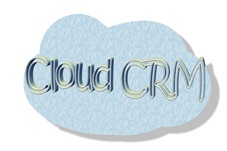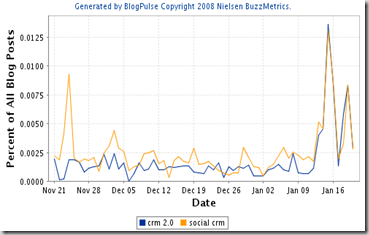Create and maintain one single online identity and log on to the various social networking platforms wit a single logon?
Choose which information is seen by which platform and let them exchange messages and information (after allowing them to do so)?
While we are currently far away from this scenario and everybody has to deal with many user accounts on various social networks (and the associated logins), I truly believe that there will be mechanisms in the future to be able to streamline this mess and finally make our lives much easier.
Concepts like OpenID and Google’s OpenSocial might be an option to do this – if they will reach the critical mass. OpenID is already widely adopted (e.g. Google, Yahoo, Facebook, myspace, etc.). OpenSocial is a open API that can be used to exchange data between several social networks but is heavily competing with Facebooks proprietary API (Facebook Platform).
Recently I see data exchange happening more often, especially when it comes to find existing friends on a new network. On the long term I think there will be only few social networks in every niche, which will make the integration between them and platforms in other niches a little easier.
Not only will the life for users become easier, but also CRM 2.0 will profit from having standardized APIs and Authentication mechanisms. Next generation CRM tools will be able to access user data (after they have agreed to do so…) and will be able to provide much better and more personalized services to every single consumer. With this information, a corporation will be able to have meaningful conversations even with millions of customers around the world.
Of course I hear you shouting for security and warnings around the surveillance society – and actually I think this will become a big issue. For sure there will be fraud (just imagine what Google could do with the massive amount of information it has from every single user…), but as the hype settles and the technology becomes more stable, so will the security and trust in companies will rise. Many people will be fine with companies having access to their personal data in order to provide better service and a unique customer experience.



![ArticleImage.7155[1] ArticleImage.7155[1]](http://lh6.ggpht.com/_A5ybe5TYzTo/SpaUcXiiMLI/AAAAAAAAV7U/DhmV2cVerSI/ArticleImage.7155%5B1%5D_thumb%5B2%5D.jpg?imgmax=800)






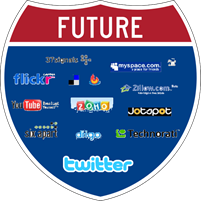


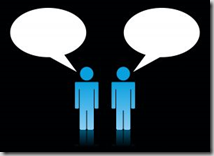 When it comes to Social CRM or CRM 2.0, we often talk about establishing a conversation with customers. I think we all agree that pushing marketing data to a (static) Corporate Website or waiting for customers to call in when they have problems with the products is far away from having a conversation with them. But how can we define and establish such a conversation?
When it comes to Social CRM or CRM 2.0, we often talk about establishing a conversation with customers. I think we all agree that pushing marketing data to a (static) Corporate Website or waiting for customers to call in when they have problems with the products is far away from having a conversation with them. But how can we define and establish such a conversation?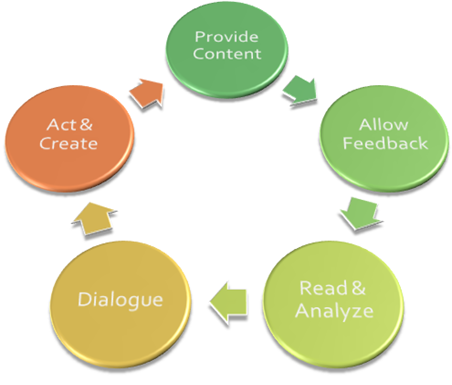


 Andrew McAfee
Andrew McAfee